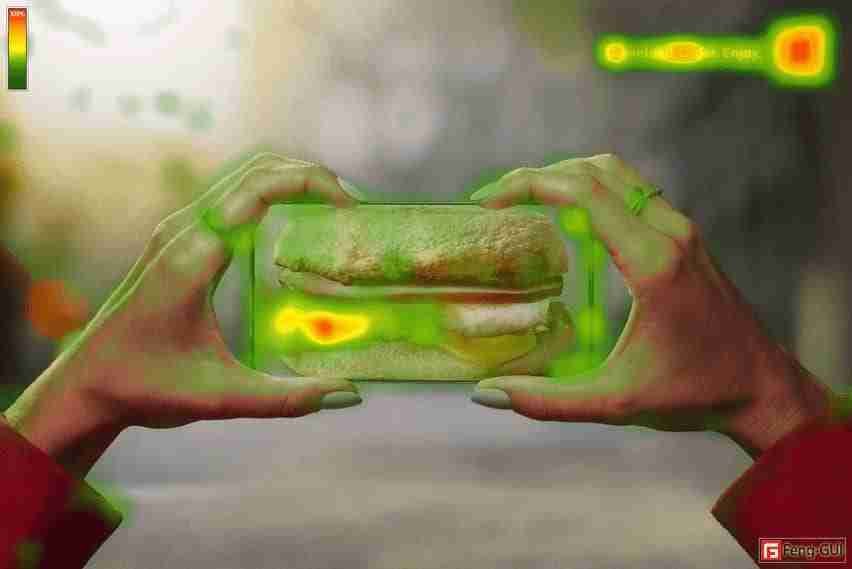Heurisitics Explained
Heuristics are mental shortcuts used to simplify decision-making. Common types include availability, representativeness, anchoring, and affect heuristics. They help speed up judgments but can lead to cognitive biases. Heuristics are essential in everyday thinking, user experience design, and behavioral research, highlighting how humans process information under uncertainty or limited time.

